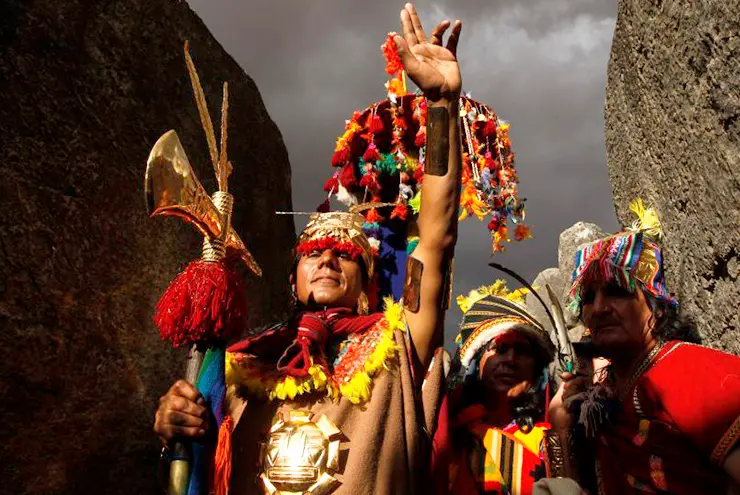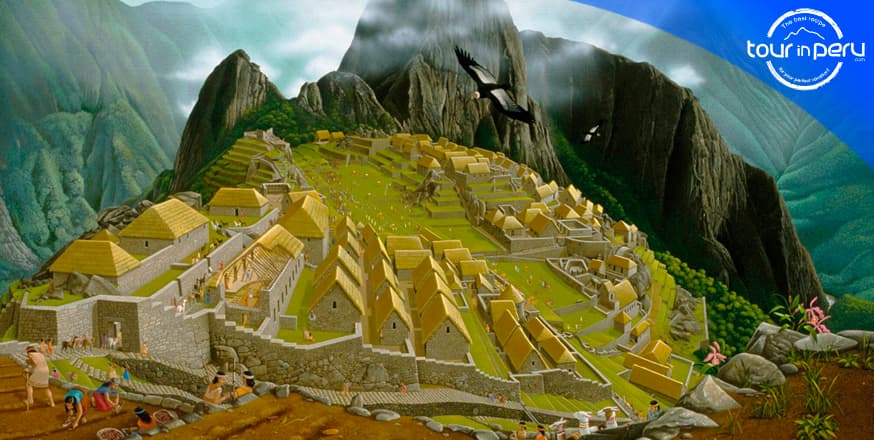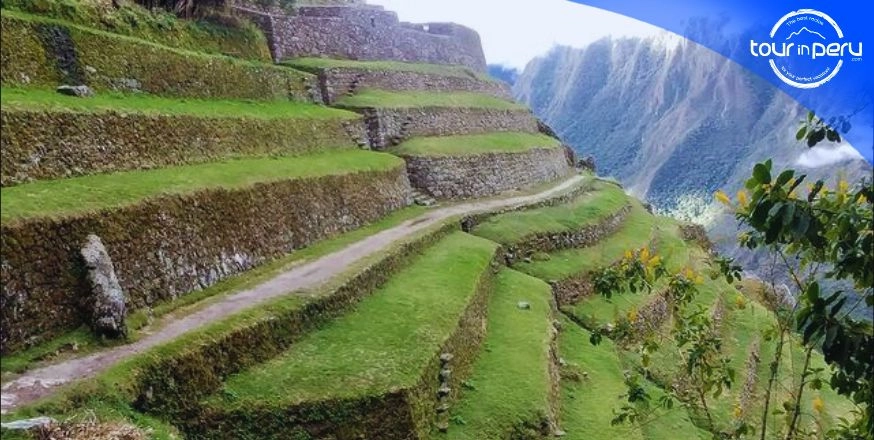Table of Contents
The Empire That Created a Modern Wonder
If Machu Picchu is a pearl, then the Inca Empire was the oyster that birthed it.
Like the paintings of an artist, or the writings of an author, Machu Picchu can tell us a few things about the people that built it.
The rise of the Inca Empire was not slow. It barely took a century for the Incas to build not only the largest empire in pre-Columbian America, but also one of the largest in recorded history.
Their hand was broad and it claimed vast amounts of territory. So much land was covered by the Incan claim to power that there were varied terrains such as icy peaks, deserts, and jungles.
At the hub of this mighty empire was the lofty city of Cusco. Before the Incas came to put down roots, the territory was home to a host of cultures. None of them were known for being friendly.
When the conquering Incas arrived sometime around AD 1200, they absorbed some of the cultures that they overpowered. They united the territory under one language and social system. With the seeds of greatness thus sown, the road was paved for legendary greatness.
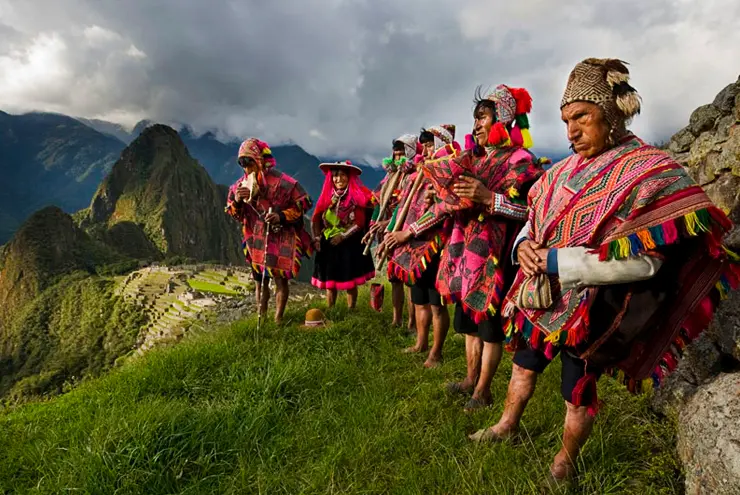
The Incan Rulers
Inca history is divided into two parts, or stages.
The earliest part where records are blurry and mythical is referred to as the Legendary Period. The more precisely recorded segment of history is called the Historical Period.
The Inca oral history lists 13 emperors.
Manco Cápac is regarded as the first emperor, or Inca. His legend speaks of him emerging from Lake Titicaca Peru and leading his clan to found and establish the city of Cusco.
He married his sister Mama Ocllo, thus creating the foundation of the royal Inca bloodline.
Pachacútec Inca Yupanqui is the ninth Inca, but he is considered by many to be the first true Inca. In his hands, Cusco became an empire. He brought to bear a code of law that would keep his domain under solid control.
Atahualpa was the 13th and also the last emperor. He was the illegitimate son of Huayna Cápac. The kingdom was divided between Atahualpa and Huáscar, the legitimate heir who ruled from Cusco. His less valid brother ruled from Quito. But legitimacy didn’t help anyone when Atahualpa crushed his half-brother in a devastating civil war over control of the kingdom.
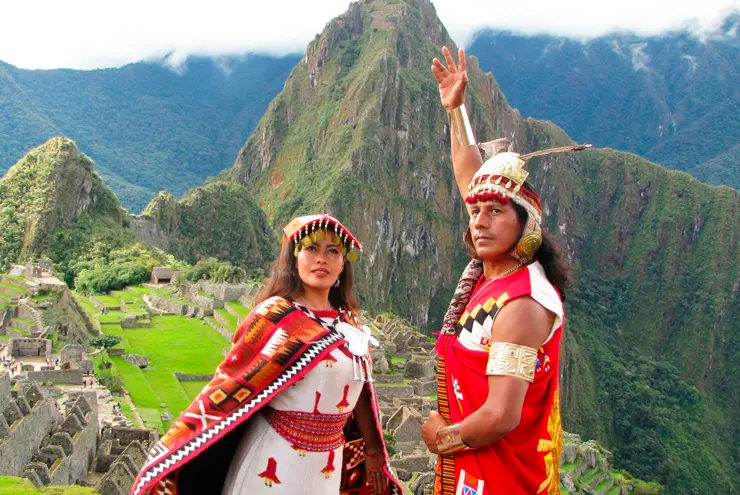
The Legendary Incan Gold
The Inca Empire wasn’t known for being poor. There was plenty of it in the empire, and by law it was strictly the property of the emperor. Where there’s smoke, there’s fire, and the tale of the wealth of the Incas is what made the Spanish conquerors come calling. The fact that they collected 11 tons of gold artifacts as ransom for the release of Atahualpa speaks volumes about the amount of gold they possessed.
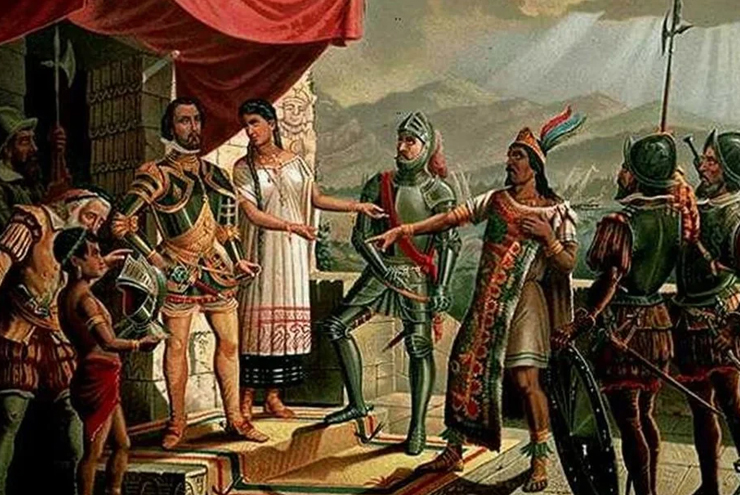
The Seat of Power
The Inca Empire was considered a theocracy, literally, a kingdom ruled by a god. Like the pharaohs of Egypt, the Inca was regarded as divine. His throne was Cusco, Peru where a strict social structure kept things in place. Entire populations were moved as needed so that there was zero chance of any uprisings or local power bases.
The genius of the Incas really shines through in specimens of their work like Machu Picchu. When you get a close look at it, you can tell that there were brilliant engineers on the job. The way that the walls were earthquake-proof. The farming terraces.
And the coordination between them bespoke the level of control that the Inca wielded, he being viewed as a god himself and his word was law.
Those emperors and the great minds they employed are no longer with us, but they have certainly left behind things that testify to their greatness as conquerors and builders.
TOUR IN PERU can arrange for you to come see their works up close and personal.
